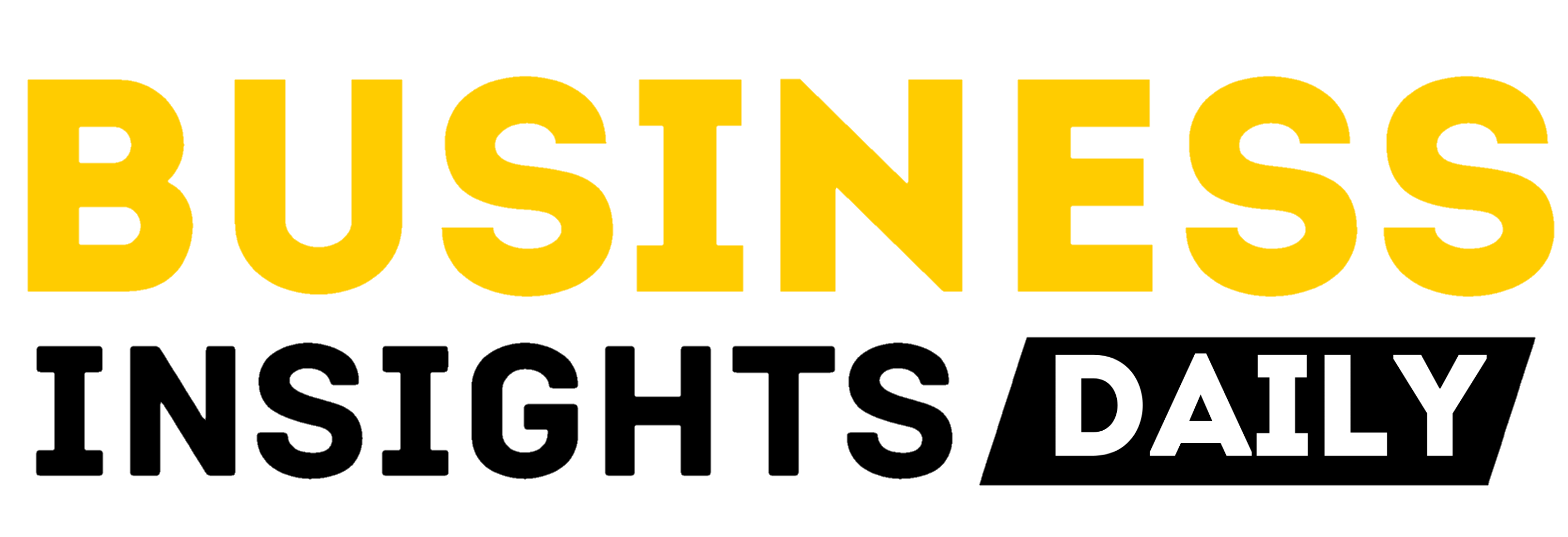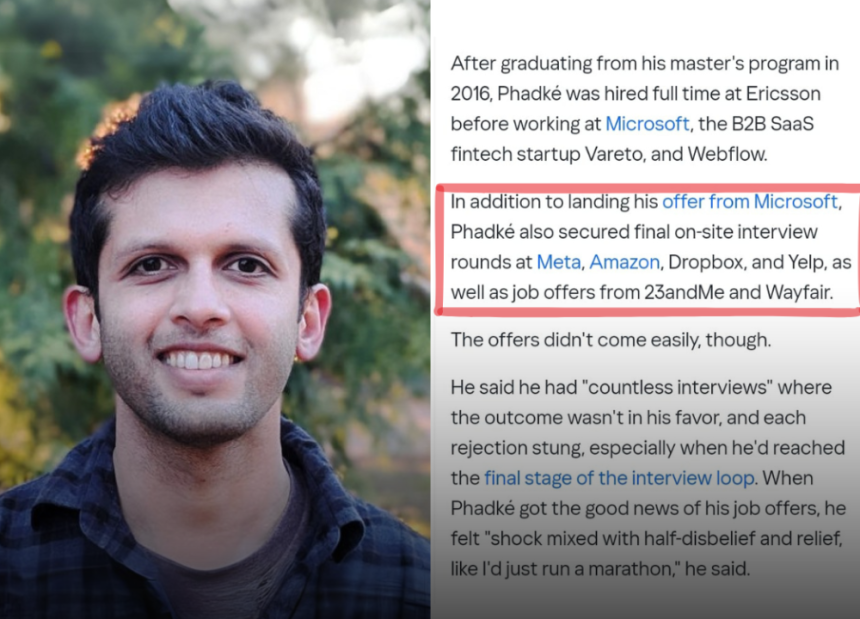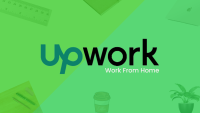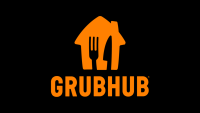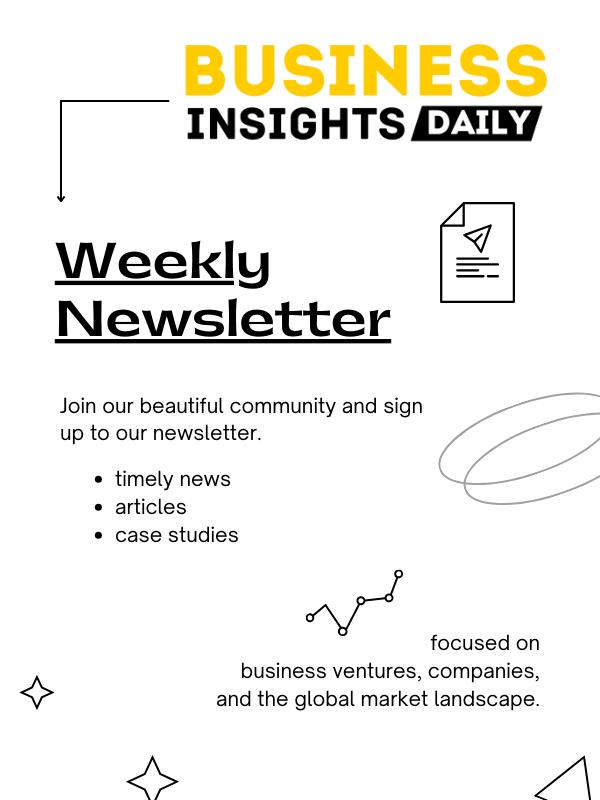Akshay Phadké, a senior software engineer, faced a common yet daunting challenge: despite a master’s degree and internships, his job applications to top tech firms yielded only rejections. After refining his résumé with four targeted changes, he landed interviews and offers at Meta, Amazon, Dropbox, and Microsoft. Below, we break down his journey and the actionable lessons it offers.
The Struggle: A Crowded, Generic Résumé
Akshay’s career began with internships at Ericsson and a master’s degree in electrical and computer engineering. But even with a strong foundation, early job hunts were brutal. “I had countless interviews where the outcome wasn’t in my favor,” he recalls. Rejections stung, particularly after final-stage interviews.
Early in his career, Akshay’s résumé listed 15+ skills and vague descriptions of team projects. “Recruiters couldn’t pinpoint my expertise,” he recalls. After 50+ rejections—including final-stage interviews—he realized his résumé failed the 60-second skim test used by hiring managers.
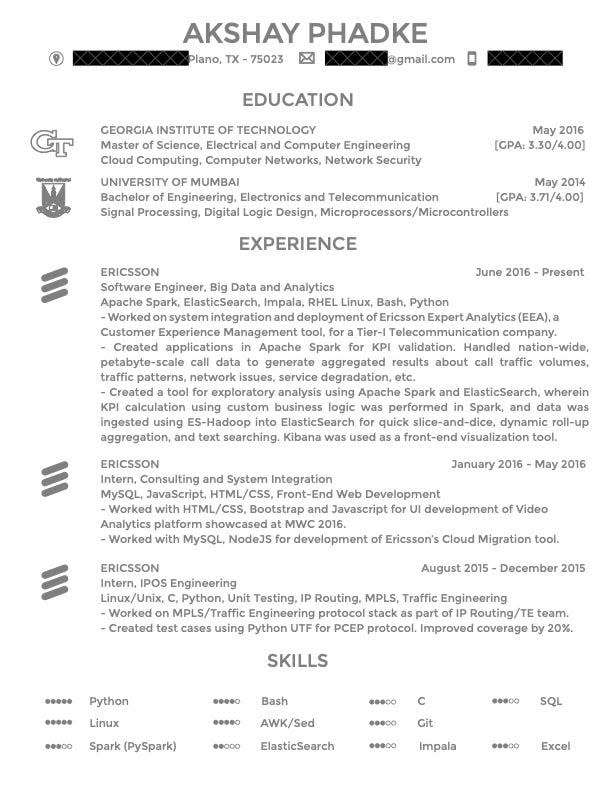
The Four Changes That Made the Difference
- Specialization Over Breadth
- Trimmed his skills section to five core technologies (Apache Spark, Python, AWS).
- Added proficiency ratings (e.g., “Python: ★★★★☆”) to clarify expertise.
- Outcome: Microsoft’s team immediately identified his Spark skills as a match for their project.
- Impact-Driven Bullet Points
- Rewrote work experience to focus on measurable outcomes:
- Reduced data pipeline costs by 30% through Spark optimizations.”“
- Cut API latency by 40% by redesigning endpoints.”
- Outcome: Meta’s recruiter highlighted his “scalability improvements” as a key reason for the interview invite.
- ATS-Optimized Design
- Used Figma to create a minimalist, single-column layout with company and university logos for instant recognition.
- Avoided graphics, colors, and complex formatting to ensure compatibility with Applicant Tracking Systems (ATS).
- Outcome: Amazon’s ATS parsed his résumé flawlessly, bypassing automated rejection filters.
- Ownership of Contributions
- Replaced passive phrases like “helped build” with active verbs like “designed” or “led.”
- Specified individual contributions in team projects to demonstrate accountability.
- Outcome: Dropbox noted his “clear ownership of cross-functional system upgrades.”
The Results: From Rejection to Multiple Offers
- Within two weeks of deploying his revised résumé: Received six interview invitations (Meta, Amazon, Dropbox, Microsoft, 23andMe, Wayfair).
- Secured three offers, including a 35% salary increase.
- Advanced to final rounds with four FAANG-tier companies.
Key Takeaways for Aspiring Candidates
- Prioritize Depth: List only technologies you can discuss in-depth during interviews.
- Quantify Achievements: Use metrics (time, cost, efficiency) to demonstrate impact.
- Design for Machines First: Ensure ATS compatibility with simple layouts and keyword alignment.
- Clarify Ownership: Differentiate your role in team projects to showcase problem-solving skills.
Why This Approach Works
As Akshay explains, “Tech giants don’t hire generic candidates. They hire specialists who solve high-stakes problems. Your résumé must scream, ‘I’ve done this before—and here’s the proof.’”
By adopting his strategy, you transform your application from a list of tasks into a compelling case for your value.
